New Seeded Lawn in October. What now??? Complete newbie
KitNovice
10 years ago
Related Stories
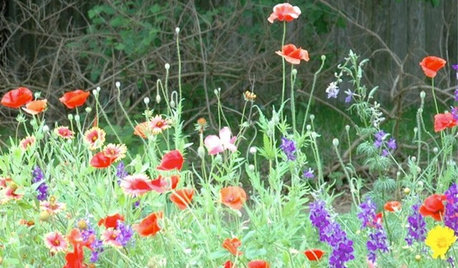
GARDENING GUIDESTexas Gardener's October Garden Checklist
Earn a "free" bonus by dividing perennials, make planting a priority now for hardy growth next year and keep an eye on your lawn
Full Story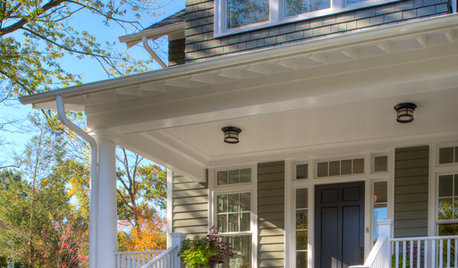
MONTHLY HOME CHECKLISTSOctober Checklist for a Smooth-Running Home
You're due for some winterizing, like clearing rain gutters and stowing swimsuits — but leave time for a fun project
Full Story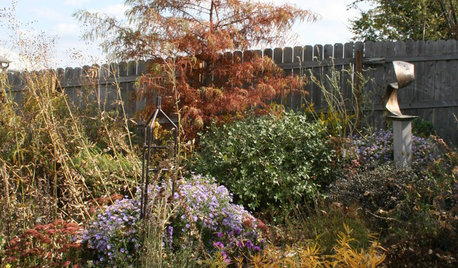
REGIONAL GARDEN GUIDESCentral Plains Gardener's October Checklist
Fall foliage color and crisp mornings, plus mulching beds and planting spring bulbs, make October a gardener's heaven
Full Story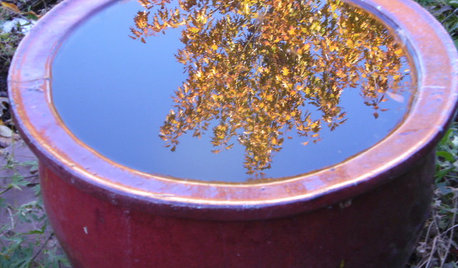
GARDENING GUIDESRocky Mountain Gardener's October Checklist
Winterize now to save money and headaches later, but don't forget to savor this month's magic in the garden
Full Story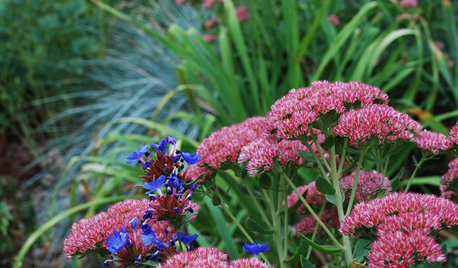
GARDENING GUIDESFall Is Calling: What to Do in Your October Garden
Get a jump on winter prep or just sit back and watch the leaves fall. The beauty of an autumn garden is in all the choices you have
Full Story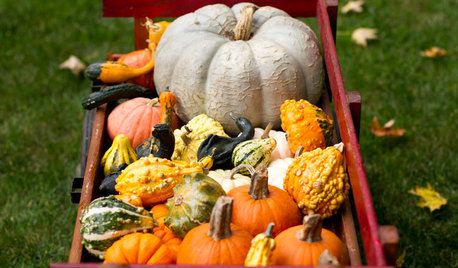
MONTHLY HOME CHECKLISTSTo-Dos: Your October Home Checklist
As temperatures drop and leaves start to turn and fall, prep for winter weather and enjoy the colors of the season
Full Story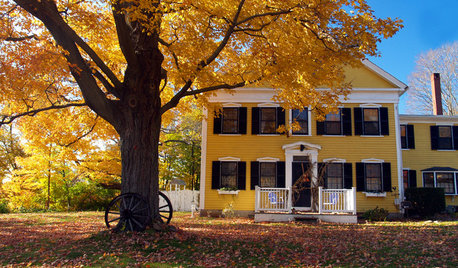
LIFETo-Dos: Your October Home Checklist
It’s a great time to clean your gutters, swap out seasonal clothes and wallow in favorite fall traditions. What’s on your October list?
Full Story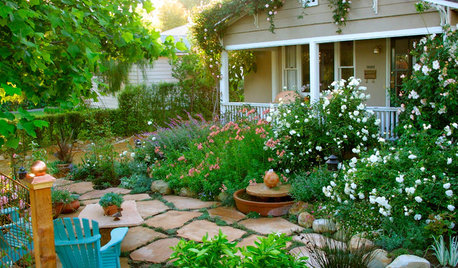
GARDENING GUIDESSouthern California Gardener's October Checklist
Get planting happy this month — so many natives, bulbs, cool-season flowers and vegetable crops to choose from, so little time ...
Full Story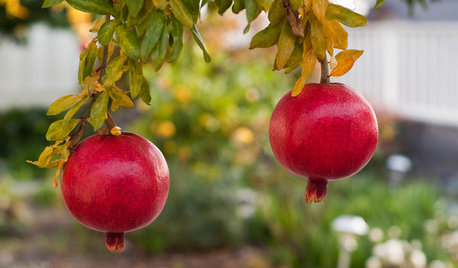
GARDENING GUIDESNorthern California Gardener's October Checklist
It's still a great time to plant flowers, vegetables and even bulbs in California gardens this month, thanks to predictably mild weather
Full Story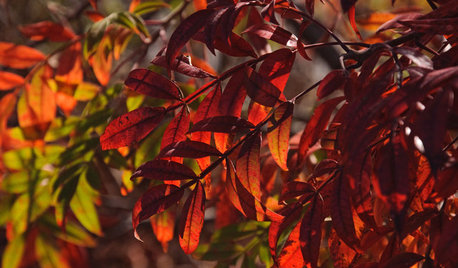
GARDENING GUIDESGreat Lakes Gardener's October Checklist
Enjoy nature's fall finery while stockpiling leaves, bringing delicate perennials indoors and grabbing some pumpkins for decorating
Full StoryMore Discussions








dchall_san_antonio
KitNoviceOriginal Author
Related Professionals
Quincy Landscape Architects & Landscape Designers · Saint Louis Park Landscape Architects & Landscape Designers · Williamsburg Landscape Contractors · Broadlands Landscape Contractors · Fort Mill Landscape Contractors · Holland Landscape Contractors · Lemay Landscape Contractors · Santa Ana Landscape Contractors · Seven Hills Landscape Contractors · Snoqualmie Landscape Contractors · West Chicago Landscape Contractors · West Haverstraw Landscape Contractors · Quartz Hill Landscape Contractors · Bakersfield Swimming Pool Builders · San Lorenzo Swimming Pool Buildersdchall_san_antonio
joneboy